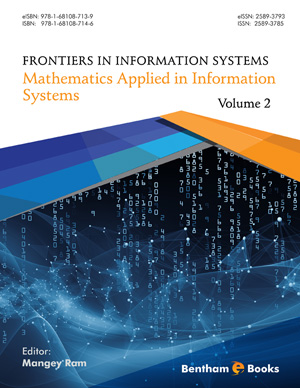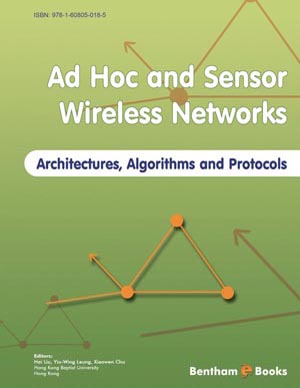Abstract
In this chapter, we will discuss the mathematical formulation of scattering in the bistatic domain. The scattering phenomenon is associated with the scattering from the soil surface. The major domain of the discussion is in the light of radar remote sensing which deals with the characterization of soil parameters with the help of mathematical modeling, empirical equations and optimization techniques. This chapter will provide an idea of scattering in the bistatic domain, scatterometer setup and retrieval methodology of various soil parameters. Soil parameters which are sensitive for radar scattering are soil texture, soil moisture and surface roughness. Information of these soil parameters is very important in various applications, such as agriculture, weather forecasting, soil erosion studies, hydrological studies and many more. Scattering from soil surface depends on two major parameters, the first one is sensor parameters and another is soil parameters. Sensor parameters are frequency, incidence angle and polarization. Role of incidence angle and polarization on scattering mechanism has been dealt in detail and it has been shown that they play a major role in the retrieval of soil parameters. The sensitivity of different soil parameters for scattering coefficient has been established with experimental observations. Kirchhoff Scalar Approximation is a theoretical approach which provides mathematical expressions for scattering coefficient based on well established electromagnetic wave theory. A soil parameter retrieval methodology relying on theoretical approach along with the experimental observation has been discussed.
Keywords: Bistatic scatterometer, Parameter retrieval, Scattering coefficient, Soil moisture, Soil texture, Surface roughness.


















